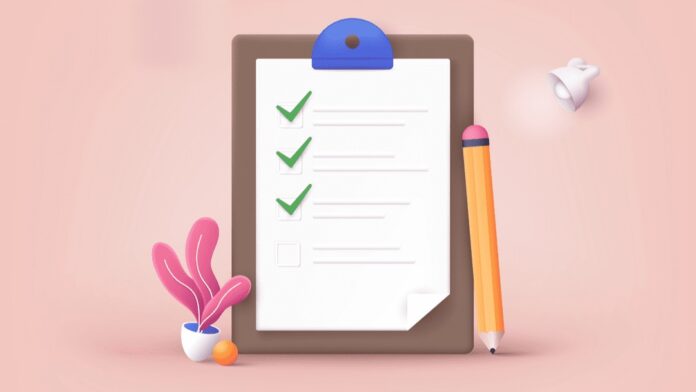Ranking higher on search engine results pages needs more effort. In order to succeed, ensure your page provides a unique experience and supreme value to your audience.
Basics of Search Engine
Usually, search engines send out spiders or crawlers to explore the internet. These crawlers follow links from one website to another, creating a map of content referred to as a search index.
During the process of exploring websites, these spiders also look at their content, evaluating what type of information it has. This data is afterward used by algorithms of search engines so as to know how the website’s content responds to user queries. This is what is called on-page SEO.
What On-Page SEO Is
On-page SEO, sometimes called on-site SEO, refers to the process of optimizing parts of a webpage to rank high on a search engine, like Google, and get more traffic. This often includes updating internal links, title tags, and on-page optimization.
Search engines, including Google, check on keywords and other on-page SEO hints to determine whether a page matches users’ search intent. And if a search engine decides that a page will be helpful to users, it displays it high in the search results.
Why On-Page SEO
On-page SEO results in website optimization, higher rankings, more conversions, and increased traffic to a website. The outcome of an on-page SEO takes time. However, once on-page SEO strategies start getting off the ground, your sales and online rankings will soar.
Components of On-Page SEO
There is no universally-recognized and standard workflow for on-page SEO. But measures and analysis for its implementation must be comprehensive to ascertain that all opportunities are exploited to improve search engine rankings and other KPIs.
One component is technical optimization. This includes technical SEO audit services, focusing on optimizing three components, server speed, IP addresses, and source code. Other components of on-page SEO are:
- Content
- Structure and internal links
- Design
Doing On-Page SEO
It is vital to always remember that search engines, including Google, rank webpages and not a website. This means on-page SEO must be done for landing pages on your site, which you are looking to rank in the search results.
That is why you have to follow the best practices for SEO. Some of these SEO best practices may include the following:
1. Implement UX/UI Web Design Practices
With the help of a professional SEO agency, implement UX/UI website design practices. Optimizing the UX and UI and designing your site will help improve its conversion rate. Over 81% of users are more than willing to spend a lot on a good user experience.
2. Choose Good Keywords
Before you optimize your website, you will first have to choose the right search terms or keywords. These are often phrases, which your customers will be Googling when finding businesses like yours. Once you list down target keywords, use them throughout your site.
Concluding Remarks!
Although numerous factors go into on-page SEO, you would also want to consider other major elements. This includes content, design, and internal links, to name a few.
